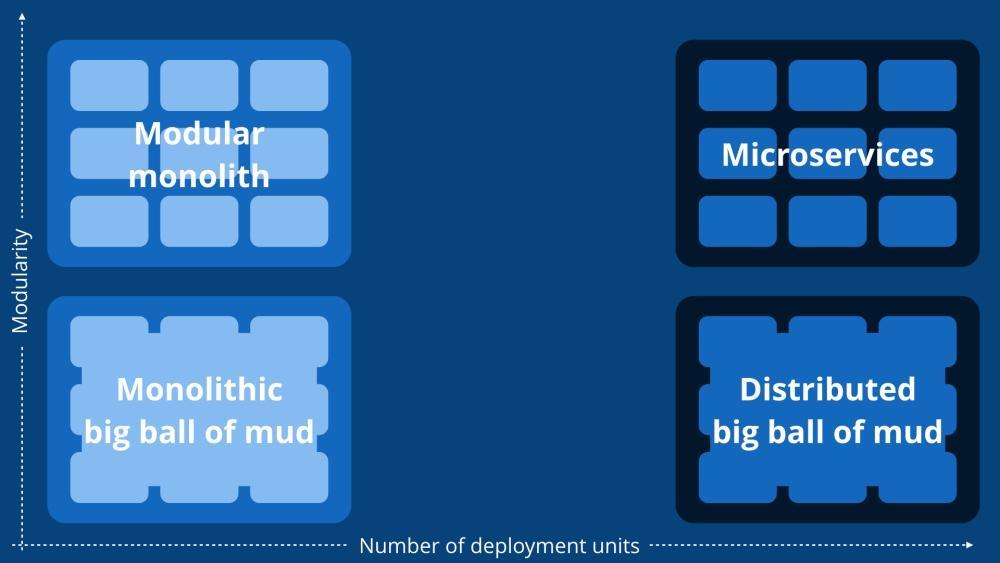Shopify engineers on replacing Sass
I love how Shopify’s Polaris team researched their options on replacing Sass in the open:
The Polaris team is exploring alternatives to Sass that better serve our current needs from CSS. Stay tuned for a follow up on our explorations and learning.
In the meantime, we want to know your thoughts on removing Sass! Join the conversation in the comments below..
The comment thread that follows details the pros and cons of many replacement options including Tailwind, CSS Modules, and vanilla-extract (which they ultimately decided on).

